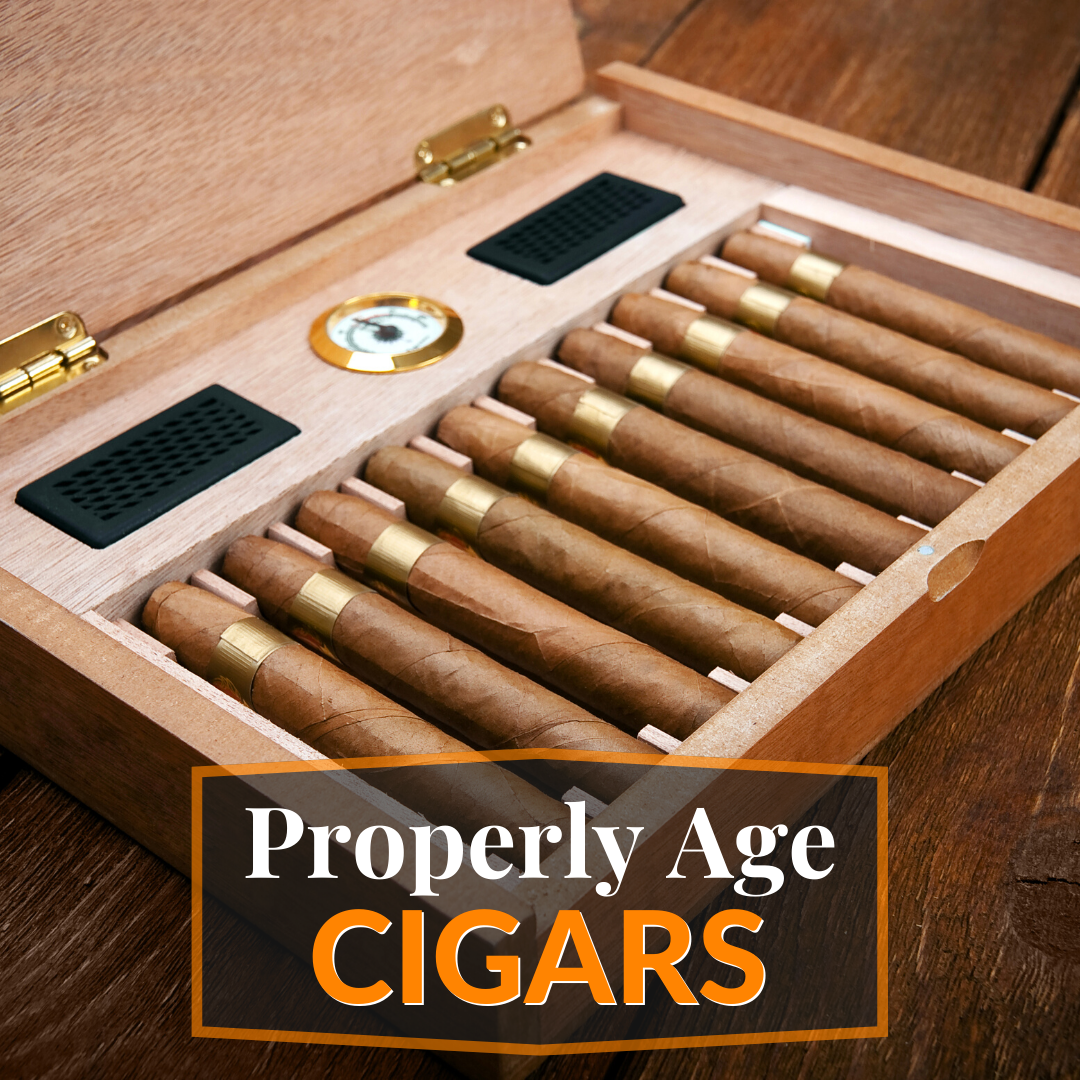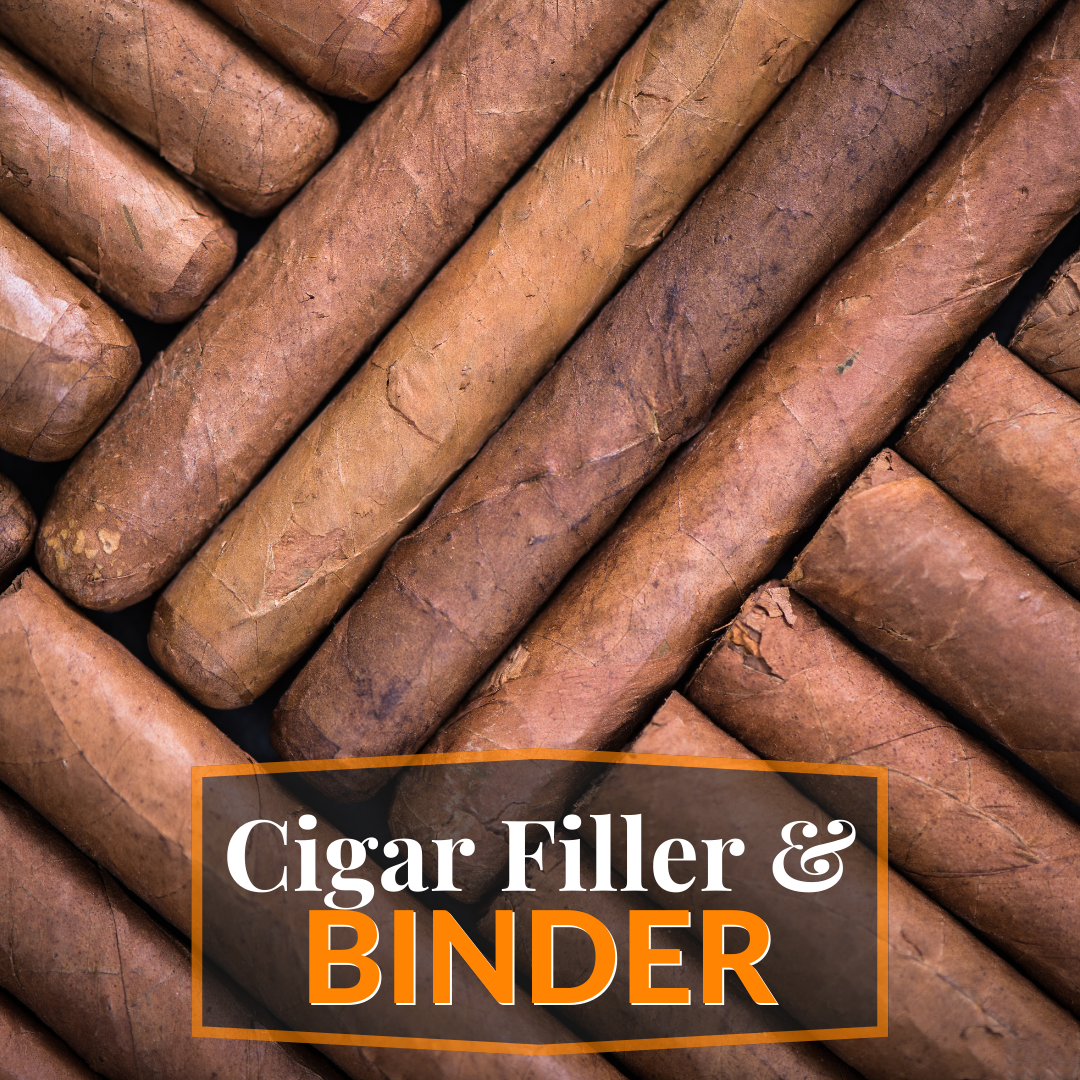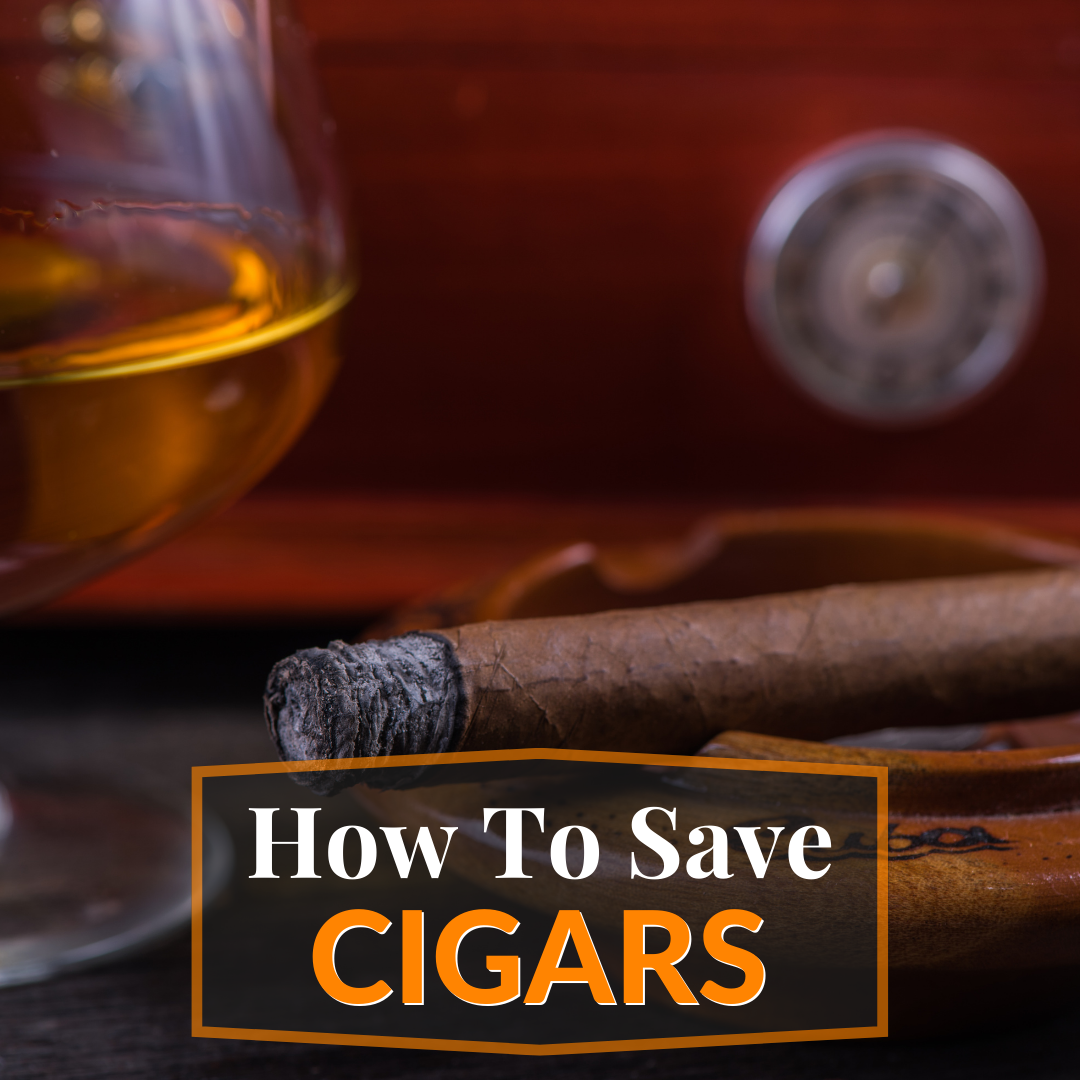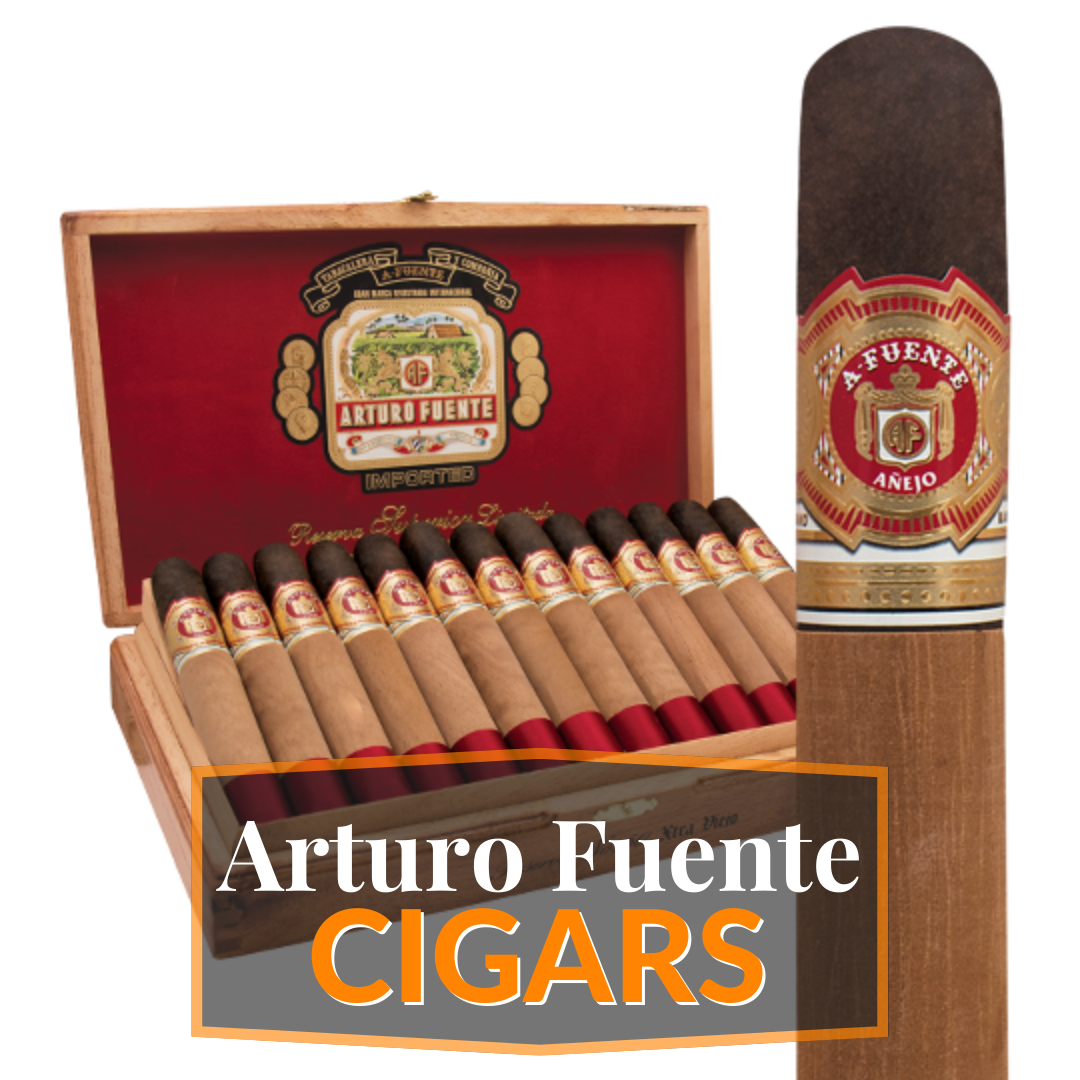Key Takeaway:
- Cigar making is a skilled craft that requires both patience and precision. The art of cigar making involves selecting and blending the finest tobacco leaves, hand-rolling the cigars, and aging them to perfection to create a truly exceptional smoking experience.
- The wrapper leaves of a cigar are the most important aspect of the cigar’s flavor, aroma, and appearance. The wrapper leaf must be selected carefully based on its texture, color, and quality to ensure the best smoking experience.
- Applying the right amount of moisture to the tobacco is crucial to the cigar’s quality. The tobacco needs to be kept in a controlled environment with the correct temperatures and humidity levels to ensure that the tobacco is not too dry or too moist when it comes time to use it.
Five Facts About The Art of Cigar Making: Craftsmanship and Techniques:
- ✅ Cigar rolling is considered an art form that has been around for centuries and continues to be enjoyed by cigar enthusiasts worldwide today. (Source: Team Research)
- ✅ Cuba is renowned for growing high-quality tobacco, and its cigars are known for the thorough care and attention put into their production. (Source: Team Research)
- ✅ A cigar consists of different parts, including wrapper, binder, filler, head, foot, and cap, with each part contributing to its overall smoking experience. (Source: Team Research)
- ✅ Cigar rolling is a labor-intensive process that involves several steps, from sorting tobacco leaves by size and color to rolling them by hand. (Source: Team Research)
- ✅ Cigar rollers use different techniques, including bunching, entubado, folded, accordion, and book, each producing a distinct type of cigar with its unique flavor, strength, and burn characteristics. (Source: Team Research)
- Tobacco cultivation is the first step in the journey of a cigar, with the finest leaves selected for wrapping.
- The curing barn and fermentation process play a significant role in defining the cigar’s flavor and aroma.
- The rolling and wrapping of a cigar demand high skill and precision.
- Quality control ensures only the best cigars make it to the final stage.
- The pressing process and application of the band give the cigar its final appearance.
- Proper storage in a cigar box is essential to maintain the quality of the cigars.

How does it all start? The Tobacco Field
Every cigar begins its journey in the tobacco field, where tobacco plants are carefully nurtured and grown. The western part of the world, particularly areas such as Cuba, the Dominican Republic, and Tampa, Florida, are known for their lush fields yielding some of the finest tobacco leaves used for the wrapper and the filler of a cigar.
The Curing Barn: What is it and what role does it play in cigar making?
Post-harvest, the tobacco leaves pass through the curing barn—a critical step in cigar manufacturing. This is where the harvested tobacco undergoes a drying process, transforming from green and supple to a shade of golden brown. The leaves must then be carefully sorted, with high-quality leaves destined to become the cigar’s outermost wrapper.
Fermentation: How does this process affect the tobacco?
Fermentation is the next phase where the leaves are carefully bundled in a manner that allows heat and humidity to trigger a chemical process. It is during fermentation that tobacco attains its characteristic flavor and aroma. This delicate process, requiring constant inspection, might span weeks or even months, depending on the desired result.
Sorting the Leaves: How does it work?
In any cigar factory, the sorting of leaves is a fundamental task performed by skilled workers. Leaves are separated into layers based on color, size, texture, and quality, with the finest, most delicate leaves typically used for the cigar’s wrapper. The bunch, consisting of binder and filler leaves, is rolled separately.
Rolling the Bunch: What does this mean in the context of a cigar factory?
A unique feature of cigar making is the hand-rolled bunch. In this step, the binder leaf is wrapped around the filler leaves. The cigar makers, who are artists in their own right, perform this task with utmost precision. The bunch then goes into a wooden mold where it is carefully pressed to form the cigar’s shape.
Wrapping the Cigar: How and why is this done?
The wrapping stage of a cigar is one of the most skilled operations within the cigar manufacturing process. A single, perfect leaf—the wrapper, is selected and carefully rolled around the pressed bunch. The task demands precision, and the final appearance of the cigar depends on this crucial step.
Quality Control: What checks are in place to ensure a fine cigar?
Quality control is a vital function in the production process of cigars. Each unfinished cigar is meticulously inspected for flaws such as incorrect draw, rough texture, or visible cracks. Only cigars that pass the stringent inspection are allowed to proceed to the final stages of production.
The Pressing Process: How does it impact the cigar?
After passing the inspection, the cigars are then pressed in a wooden mold under controlled humidity. This process is critical as it helps cigars achieve a uniform shape and size.
Applying the Band: How is it done and what does it signify?
The application of the band is another significant stage in the cigar-making process. Workers carefully attach the band, usually denoting the brand or type of cigar, around each individual stick. This is often the last physical step before the cigars are stored in boxes.
Boxing and Storage: How are cigars properly stored?
Finally, the finished cigars are carefully placed in a wooden box, ready for distribution. Cigars need to be stored in a controlled environment to maintain their freshness and taste. The cigar box plays a crucial role in preserving the cigar’s integrity, offering the right balance of humidity and temperature.
In conclusion, the process of cigar making is as intricate as it is fascinating. Every stage of the production process is crucial, ensuring each cigar delivers the perfect smoke. Here are the key points to remember:
From the lush fields of tobacco plants to the careful hand of a seasoned roller, the journey of a cigar is one steeped in tradition and craftsmanship. The art of cigar making is an extraordinary process to behold—one that truly justifies the enjoyment derived from each puff. Whether you’re a cigar enthusiast or simply interested in the process, understanding the journey of a cigar can add a new layer of appreciation for this time-honored luxury.






